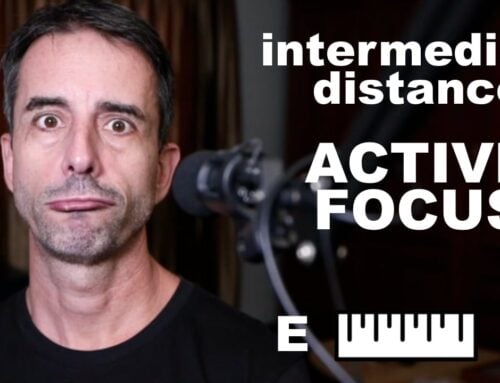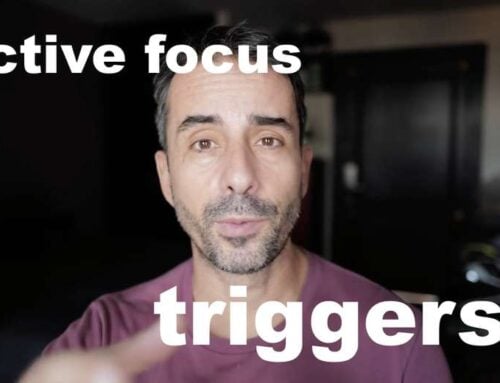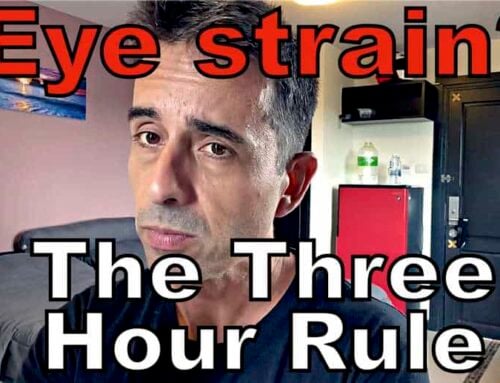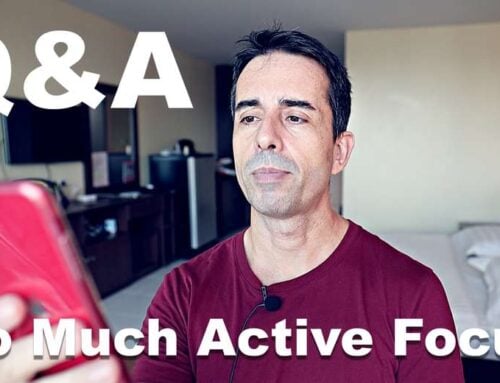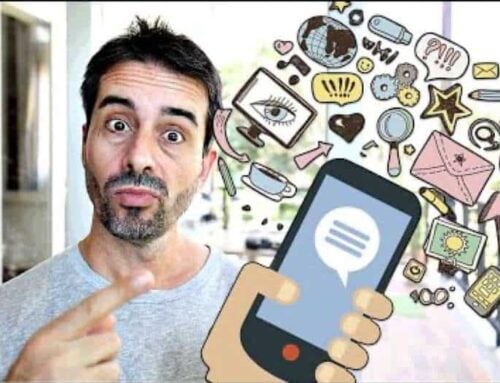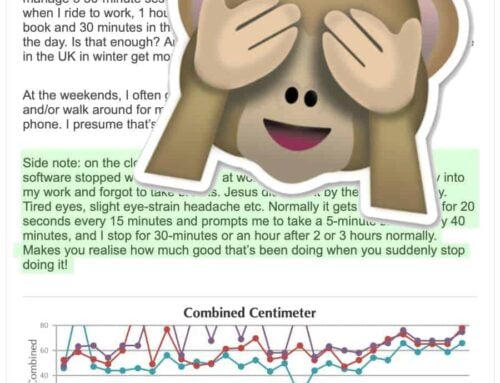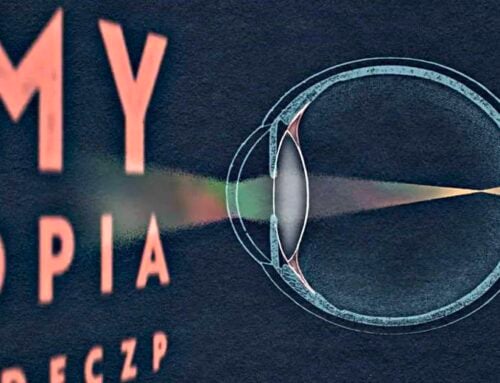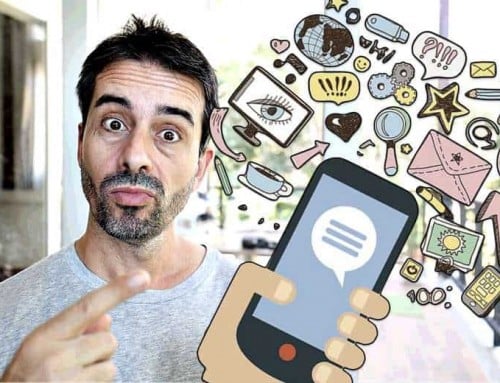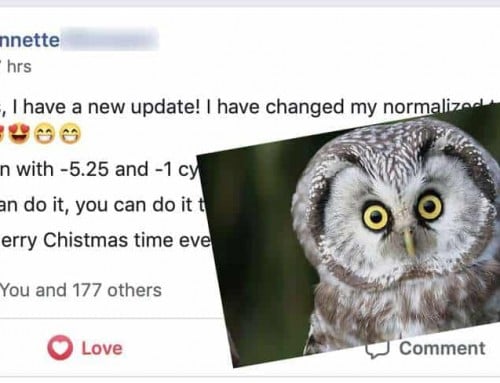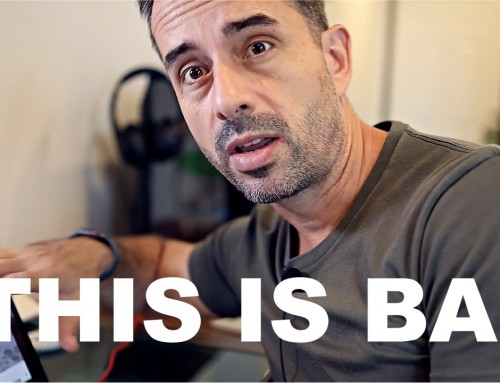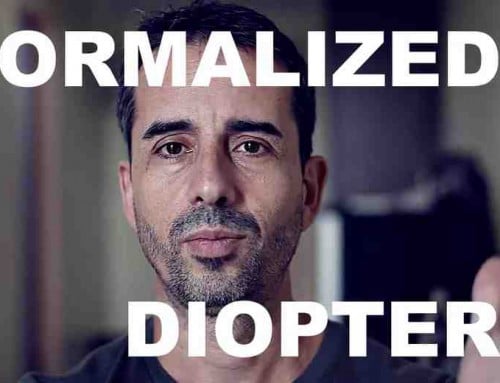Double vision is a key experience in your vision improvement journey. Since your eyesight doesn’t go from blur straight to perfectly clear vision, it’s important to recognize and leverage the double vision component of your experience. On that subject, lets look at a recent forum thread today.
The forum is truly all by itself is worth the price of entry for BackTo20/20.
In the spirit of sharing some forum highlights for our darling blog readers, here are some student findings on working out double vision:
Christian:
For the longest time, I think I’ve just realized, I have not been living only in the blur but with double images. When I first started using the plus lenses on my vision-rehab “journey” I could easily tell where the edge of blur was because I would look at the image on my screen where it was clear and then if I backed up a little it would become blurred (which I resolved by using “active focus” until I cleared it).
But a year after starting I noticed that it was hard to tell where the image was clear and where it was blurred since I still could make out the words on the screen even while backing up a lot, whereas before once the image became blurred it was hard to guess any words. Also, I noticed that lights at night started to seem double; the second image would look like a “ghost” image but if I slightly opened my eyes it would become a exact double image, though somewhat fainter that the original (and its still like that till today).
Anyways, I contacted Alex about it (before buying the program) and he kindly sent me installment #61 which deals with double images. I did not fully wrap my head on how double images worked until now (I feel embarrassed to say it took me so long to realize but I was still trapped on just using plus lenses and hoping for a magic day where I could miraculously see again).
Anyways, first I would like to know if I’m indeed right. I cannot find an “edge of blur” because I can back up a lot from where the image is clear and still make out the words and letters very well. The image or letters don’t become blurred per se, but more like multiple images. I noticed that if I stare sometimes I would get a clear flash that lasted a little bit. But thinking that it was bad to stare because not blinking would eventually lead to dry eyes I stopped trying to stare. Now do you think this is more of a double image issue? Has my brain not figured out the change from my eyes because I have not gave it the opportunity or the time to do it since I don’t usually stare?
I wanted to also ask what’s your experience with double images? How have you resolved it?How much do u practice resolving double images every day? Should I practice staring till the image clears?
I would really appreciate your comments and opinions. Hopefully I get closer to finally seeing better.
Me:
I’ll add my thoughts here, though that’s not necessarily the end of the topic. Feel free to chime in, everyone.
The distinction between what we’ll call double vision and blur is an important one. Once you have had that experience, we move on to what was in #61, looking more specifically at the role of the visual cortex, rather than the previous stages of pushing and pulling focus alone.
It’s a stage in the improvement process, the double vision artifacts. Your brain has to catch up with the changes in the eye, and learn to interpret a slightly different signal.
This takes time and being present to the activity, just like active focus was. It’s the opposite of frustrating. It’s now a partially clear image, rather than just blur. You’re much closer to the goal than you were before.
Positive (realistic) perspective, important. Frustration would be misplaced. Just a stage in the improvement process.
No need to overdo the staring. Just like with active focus, give it a few minutes of your undivided attention, and then let it blend into the activities throughout your day. Rinse, repeat. as you do it, over time, you’ll get quicker, more frequent resolution.
Bruno:
Great post. I find myself in that same place, too. I can relate. What helps me with double vision is concentrating on contrast and color. It makes a lot of sense to practice this with single letters on signs, etc since double vision is much harder to recognize on other objects. That being said don’t neglect the Snellen. Even 5 minutes a day with “undivided attention” can make a difference. It makes it easy to concentrate on the subtleties. I find I really have to take my time and be relaxed to clear doubles.
Also thanks Jake for your positive perspective.
You are right, double vision equals progress. It is just another step. “You’re much closer to the goal than you were before.”
Adrian:
Hi guys,
I’m experiencing the same, as I described here: https://endmyopia.org/myopia-forums/topic/double-vision-at-a-distance/ (with my limited Photoshop skills!)
MY double vision is only at distance, fine close up – is it the same for you?
My optician says it’s convergence excess that I have (eyes turning inward too much). I’m doing exercises daily to try and correct it, but will also take on board what Bruno says about relaxing too.
Adrian
Me again:
Adrian,
Very well possible.
Although often it’s more of a question of close-up prescription in a situation like yours. There should absolutely be the progression of clear – double – blur. Rather than clear – blur. That in-between step (for most people) happens no matter whether we’re looking at accommodated or distance vision.
If you look for that in close-up (it could be further in cm than you think, possibly), compare the prescriptions again for distance and close-up. See if it’s really a convergence issue (possible but statistically less likely).
Bruno:
A little more rambling about double vision from me (inspired by Jake’s video)….
I realized that it is very rare that I get double vision as in two images not aligning. Most of the time it is multiple images or little bits and pieces. This can create the illusion of blur because the parts not aligning are so small they’re hard to make out. I find that the color is a good indicator for this. When the color is faded this might not be blur but also a double vision phenomenon. Jake would you agree with this?
I tried noticing this distinction today outside. Blinking usually doesn’t help much with these subtleties. It is more staring and relaxing and was able to get pretty sharp vision a lot of the time.What I love about double vision practice is that you can’t force it. It’s effortless when it happens. You’re already there be patient. What’s so great is that most of the time there is clarity everywhere. Not just at a certain distance as it can happen with active focus. I guess this is a preview at how the non-myopic/recovered eyes function.
Bruno:
I like the idea of a puzzle that the brain has to solve.
The term double vision might actually be misleading. At least for me it was. I don’t know why but I guess just always neglected to really dig into this subject. Sort of, nah I don’t have that problem, no need to further investigate this, just blink and try harder. Probably because I rarely see just two clearly identifiable pieces with much contrast. More like I can see kind of clearly but something is lacking.Maybe a name change would be beneficial at least for people that experience it the way I do. Puzzle vision, double vision, ghost image, multiple images, overlapping shadows. I have no idea. But I am glad I figured this out because this is actually something new for me after all these years. The practice of this feels great, meditative. Thanks!
Poppy:
I call mine kaleidoscope or fly eye vision.
In addition to not straining to get the multiple images to converge, I sometimes keep my focus on whatever I am targeting and then slowly move my head from left to right while keeping my eyes on the target, noticing how the location of the different images changes. Also I notice how, depending on the position of my head in that left to right sweep, it seems like there is almost a fine mesh grid moving over the base clear image (soz, not sure how to explain it). Then I go back to looking at the image with my head still. For me, it seems to help my brain to get it because I usually will then get a flash (or more than a flash) of clarity after that and all of the multiples will converge into one clear image. I also do this method by moving my head slowly up and down or on the diagonal plane, but more often just side to side. I know it sounds “eye exercisey” but it seems to help in my case when working on multiple images.
I am very grateful for the double image lesson. That is where I became aware at all that much of what I thought was blurry was these multiple images. I do also have blur related to focusing at certain distances, but it really opens up the rehabilitation process to be able to make the distinction.
Christian:
I am glad to have asked my question cause exactly what everybody has shared and experienced is what I experience. I don’t feel like I’m the only one, which has given me relief.
Today, by looking at the Snellen without trying to blink and clear the image, just staring, lead me to realize how much of “double” image I experience. After like 5 mins of “undived attention” as Jake explained above, I could even read the 20/20 line without glasses although it was not perfectly sharp. I also did what Poppy described: moving my head right and left, up and down and it was weird how at every movement the images kind of shifted place. The only annoying part of double image for me is at night because just like Adrian, bright lights also seem double to me and it’s hard to bring them into focus.
I will try to keep the habit of waiting for my image to clear in my brain before I push focus, and see how it goes after a month or so.
Thank you very much guys.
Bruno:
I have some new experiences to share. After my not so successful endeavor with some convergence exercises this topic came to my mind again. Why do I always seem to forget about it?
What I noticed was I was trying a little to hard with active focus. During the activity I always had a sort strained feeling in my eyes, squinting, blinking quite hard. Which is not a bad thing itself, but I realized this is not the way I want to see and not the way people with good vision see. It has to be more effortless, I thought. So I concentrated on really relaxing my eyes and getting a feeling for the tension I was causing by trying to hard. I am really trying to get active focus to an effortless level. Just a light blink should be enough.
Now back to double vision. Whenever I see notice it I try to relax my eyes and some very light blinking if needed. For me this works wonders. I’ve been having clear flashes I haven’t had in a very long time.
Also watch Jake’s video over and over again…
I left out a few things, if you have forum access feel free to head over and take a look.
There are quite a few topics here in the blog as well on the double vision subject. A quick search for double vision will lead you to all sorts of worthwhile reading.
And if you get an invite link to BackTo20/20, come join us!
Cheers,
-Jake




